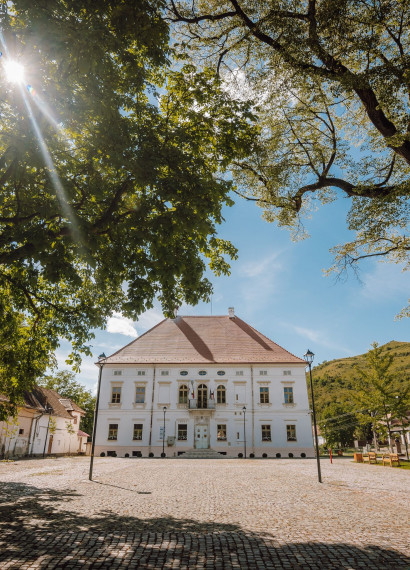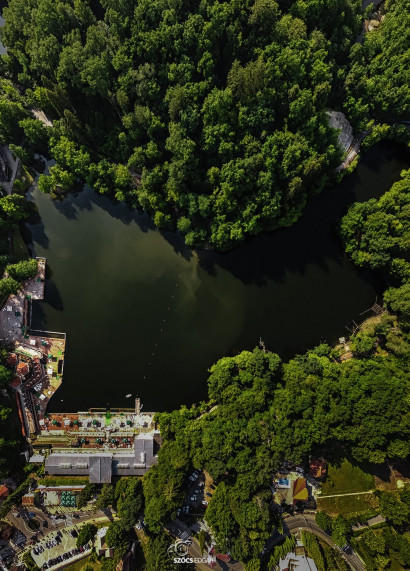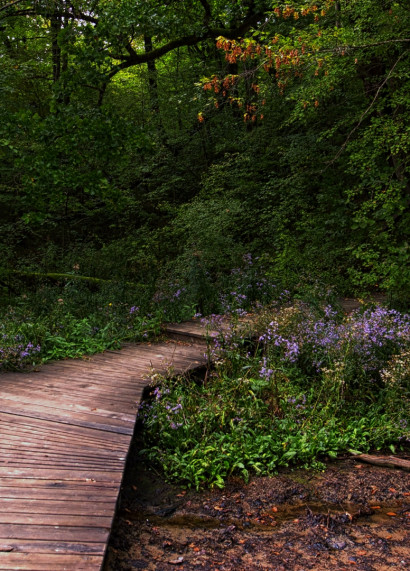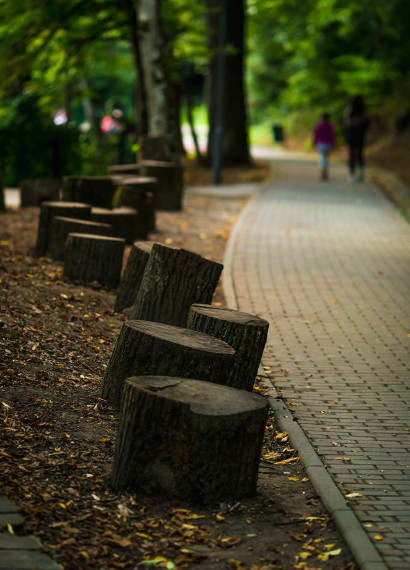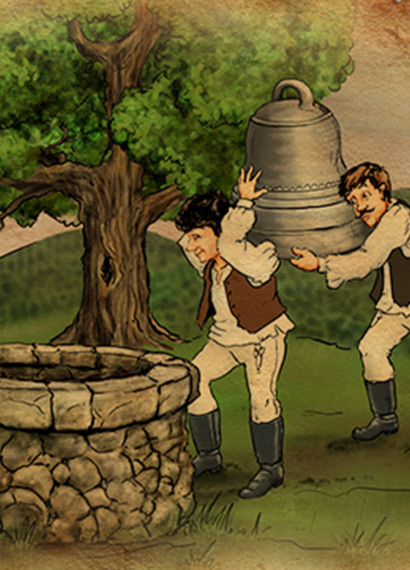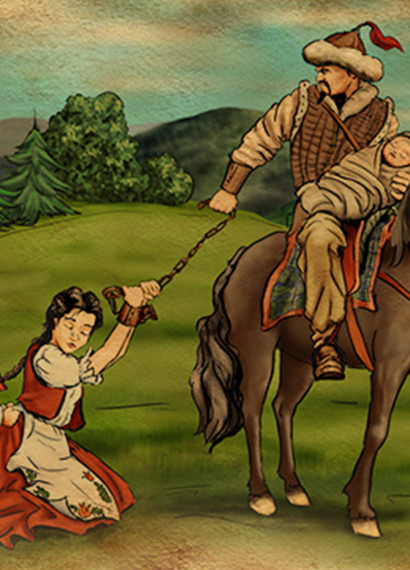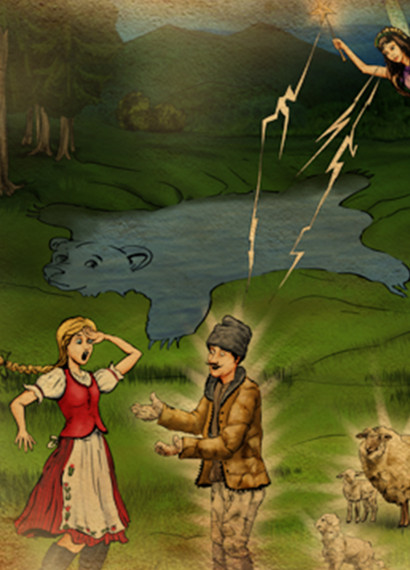The Fairie’s Gathering Place - Ghindari
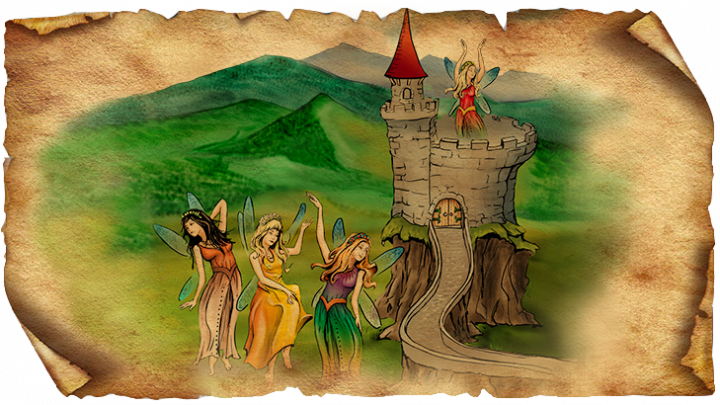
Near Makfalva, on the left bank of Kis-Küküllő, between the two small brooks, according to the folk tradition, once there was the castle of a Szekler Rabonban (voievod) called Maka. During the Tartar invasion and after that, the defenders gradually settled in the hilly area near the fortress, Várután, and later founded the Makfalva named after the castle.After a while, the Szeklers left the castle, but it did not last long. According to a local legend, cheerful fairies took possession of them who played music every night, sang and danced among the old walls. The inhabitants were very fond of them, dreaming of their music and singing more beautifully than ever. However, not long afterwards cloudy times came, and the peaceful beings were forced to flee to more protected, forested areas.The castle that remained without a resident then began to be destroyed, its stones were slowly carried away by the inhabitants of Makfalva, and now the exact location of the former fortification cannot be found. On the other hand, the high place where the castle once stood can still be visited – local people called it the Fairies' gathering place, thus keeping the memory of the cheerful creatures. Makfalva suffered several natural disasters in the last century: a landslide and an earthquake destroyed its Calvinist church, which was rebuilt – one of the sights of Makfalva today.
The locals consider that the famous peasant leader GyörgyDózsa is also the native of the settlement: if you go, visit the Dósa manor house, built in 1813, where an ethnographic museum was established.Earlier, the inhabitants of the settlement used to live mainly from handicrafts and flax processing. Their descendants still believe that Fairies return to the ruined fortress once a year, at the beginning of November, they revel until dawn, and then disappear from the countryside. They cast a spell to their gathering place, this is why the November sky is gray, then the rainy weather comes. But during clear and quiet nights they sometimes hear the soul-stirring music of these fabulous creatures.
The locals consider that the famous peasant leader GyörgyDózsa is also the native of the settlement: if you go, visit the Dósa manor house, built in 1813, where an ethnographic museum was established.Earlier, the inhabitants of the settlement used to live mainly from handicrafts and flax processing. Their descendants still believe that Fairies return to the ruined fortress once a year, at the beginning of November, they revel until dawn, and then disappear from the countryside. They cast a spell to their gathering place, this is why the November sky is gray, then the rainy weather comes. But during clear and quiet nights they sometimes hear the soul-stirring music of these fabulous creatures.

